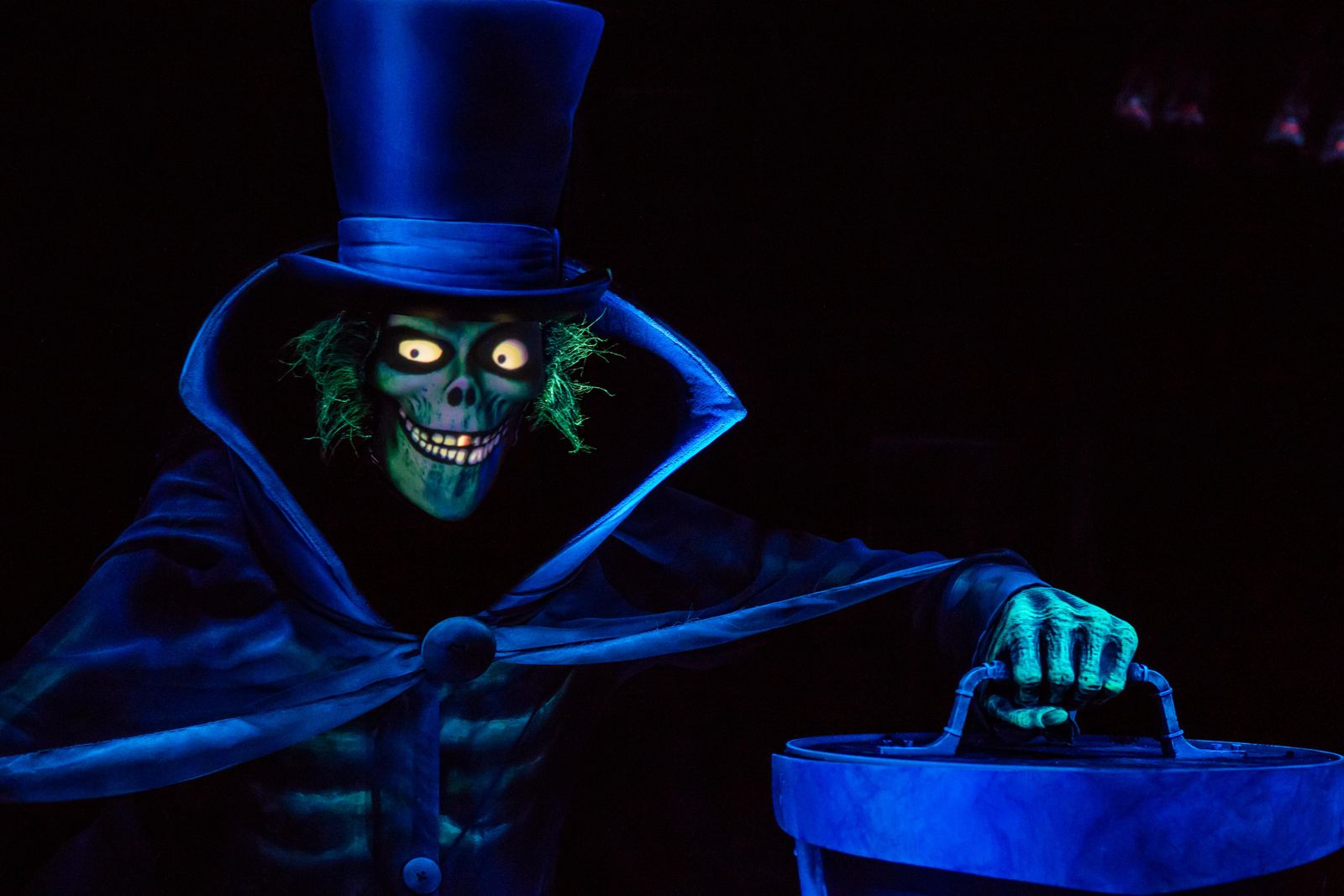The Evolution of Haunted Houses: From Origins to Modernity
핵심 개념
Haunted houses have evolved from simple basement decorations to complex attractions, driven by cultural traditions and technological advancements.
초록
Haunted houses have a rich history dating back to 19th-century London, evolving into modern attractions through the influence of Disneyland's Haunted Mansion. The industry has seen growth, tragedies, and transformations over the years, adapting to changing tastes and technologies. Today, haunted houses offer extreme experiences beyond traditional scares, raising questions about their future longevity.
A Brief History of the Haunted House
통계
Netherworld haunted house features 3D special effects and aerial performers.
Disneyland's Haunted Mansion attracted over 82,000 visitors in a single day.
The haunted house industry is estimated to be worth $300 million.
Roughly 2,700 professional haunted houses operated nationwide last year.
A large haunted house attraction can earn up to $3 million during the Halloween season.
인용구
"A lot of the professional haunters will point to one thing, and that's Disneyland's Haunted Mansion. It's the start of the haunted attraction industry." - Lisa Morton
"If you went to a haunted house in the 1980s and 1990s, you would've seen a lot of Freddy Krueger, Jason, Pinhead." - Larry Kirchner
"The Jaycees got pushed out because their haunted houses were fairly basic." - Larry Kirchner
핵심 통찰 요약
by Smithsonian ... 게시일 www.smithsonianmag.com 02-21-2024
https://www.smithsonianmag.com/history/history-haunted-house-180957008/
더 깊은 질문
How has technology influenced the evolution of haunted houses?
Technology has played a significant role in shaping the evolution of haunted houses. From simple decorations and illusions to complex special effects and animatronics, advancements in technology have allowed haunted attractions to create more immersive and realistic experiences for visitors. For example, Disneyland's Haunted Mansion introduced groundbreaking technologies like Pepper's ghost illusion to bring ghosts to life in a way that was unprecedented at the time. As technology continues to advance, haunted houses are incorporating virtual reality, interactive elements, and sensory enhancements to intensify the scare factor and provide a more engaging experience for guests.
Is there a correlation between popular horror movies and the success of haunted attractions?
There is indeed a strong correlation between popular horror movies and the success of haunted attractions. As Hollywood produces successful horror films like "Halloween," "A Nightmare on Elm Street," or "Friday the 13th," audiences become more interested in experiencing similar thrills firsthand. The popularity of these movies often translates into increased demand for scary attractions, with many haunted houses capitalizing on familiar characters and themes from these films as part of their marketing strategies. This cross-promotional relationship helps drive attendance at haunted attractions by tapping into existing fan bases drawn to cinematic scares.
What societal factors contribute to the changing landscape of haunted houses?
Several societal factors contribute to the changing landscape of haunted houses. One key factor is shifting consumer preferences towards more extreme forms of entertainment that push boundaries and deliver intense experiences. This trend has led many haunted attractions to explore new concepts such as zombie runs, escape games, or immersive theatrical experiences designed to shock and thrill visitors in innovative ways.
Additionally, safety regulations following tragic incidents like the New Jersey fire have forced operators to prioritize visitor safety while maintaining high levels of frightful entertainment. These regulations have prompted professionalization within the industry as larger companies invest heavily in production values, marketing campaigns, and year-round operations.
Moreover, cultural influences such as evolving Halloween traditions also impact how haunted houses evolve over time. As Halloween becomes increasingly commercialized with themed events gaining popularity beyond October 31st, there is pressure on haunters to deliver unique experiences that cater not only to traditional scares but also broader audience interests ranging from pop culture references to interactive storytelling techniques.
0
